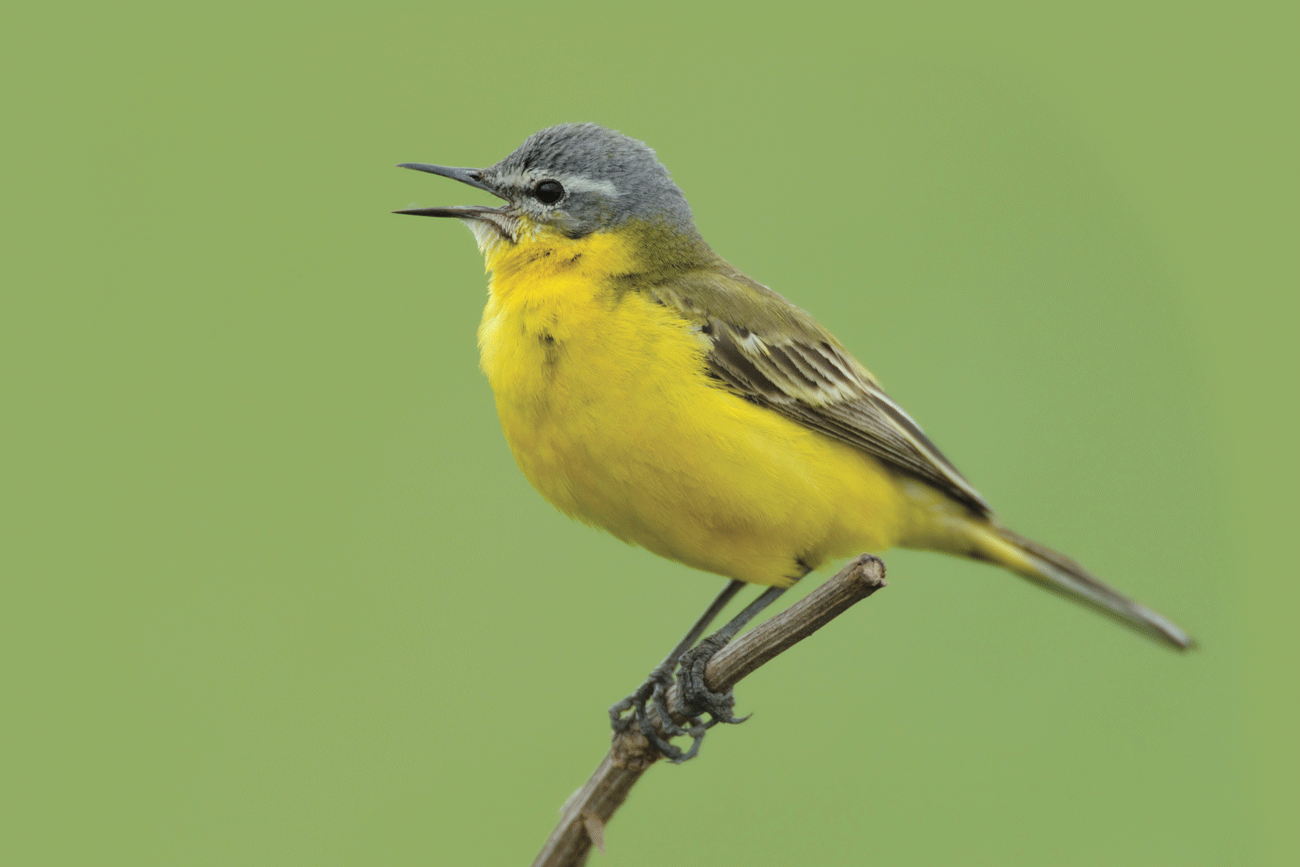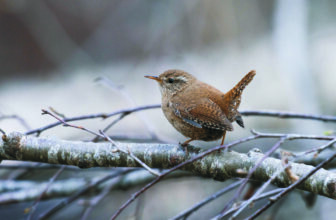
Muck, muck, glorious muck! It can be a magnet for birds.
The trouble is that with changing farming practices there is not so much of it around these days. Only a handful of farmers in the Cranleigh area bravely buck the trend and continue to fly the flag for cattle.
So when I noticed a treble figure of soon-to-calve cows in an easily observable field back in August I decided to keep a close eye on them.
Where there’s cows there’s muck. And where there’s muck there’s magic – if you are fortunate enough.
The muck attracts hordes of flies and other insects. They are breakfast, lunch and tea for the local Pied Wagtails and a revitalising pitstop for returning passage migrants who happen to be passing overhead and drop in to see what the fuss is all about.
My hope was that the 30-60 local ‘Pied Wags’ would attract a locally rare cousin I struggle to find in most years, be it Spring or Autumn. That’s the Yellow Wagtail.
This was a breeder in Surrey but it is one of the ever-increasing list of birds that no longer do. Changing farming practices, closure of the county’s old-style sewage farms, and the draining of wetland habitats have all taken their toll.
The Yellow Wagtail, of course, should not be confused with the longer Grey Wagtail which also displays some flashy yellow.
I checked that field on several occasions over the next few days and one overcast and drizzly afternoon, when the flies flew low, I figured the time could be just right. I put on my waterproofs and ventured out.
The field was teeming with small birds. Scores of hooves were moving through the grass and turds as they fed and as they did so the usual Pied Wags were running around to pick off the disturbed insects. They were often flying up just a little off the ground to both catch their prey and avoid being trampled on.
Over 300 Starlings were in on the free feast too while dozens of soon-to-be-departing Swallows and House Martins swooped low over the cow pats to scoop up what insects had been missed. Occasionally they banked up high en masse before returning for refills.
I was pleased to see they had been joined by at least six migrating Sand Martins, a species that is not usually easy to find around our village.

They were difficult to observe for long while they were part of the swirling mass but then they made it much easier by taking a breather with their colleagues on a barbed wire fence.
And then bingo! As I scanned the field once more there it was. I’d struck gold with a magnificent Yellow Wagtail. Being a juvenile it wasn’t so colourful as an adult in full summer plumage but I was not complaining.
It was different enough from its Pied Wag cousins to attract attention as an intruder and was regularly hassled by them and driven off as it scurried around busily in search of the tasty grub. Within 48 hours it had moved on.
The cows had been transferred to another field five weeks later and I thought there would be no more Yellow Wagtails this year. But the muck magic continued because now the near grassless field was being frequently visited by a tractor towing a muck spreader. The pungent, sludgy black mess did the business for the farmer because fresh grass poked through within days.
And it did the business for me too, and the birds, because another juvenile Yellow Wagtail soon turned up. It was joined the next day by three striking summer adult types who stayed into the next morning. The magic continued with the arrival of the first of the Autumn’s Lapwings and Meadow Pipits.
Yellow Wagtails no doubt fly over Cranleigh, Ewhurst and surrounding villages ever year but are not easily spotted. They may draw attention by giving a sharp ‘shreep’ flight call and that is how most are noticed when on the move.
To cap it all, my wag tales for this year were not finished. On a still, sunny afternoon one bounded west over my garden in late September, tracing the exact same route as a predecessor at the same time of day in 2017.
A known route from there is to follow France’s western coast down to the Iberian peninsula and on south across The Sahara to Senegal. Hopefully it is safely there now – dodging not the hooves of cows but, perhaps, the hartebeest.











